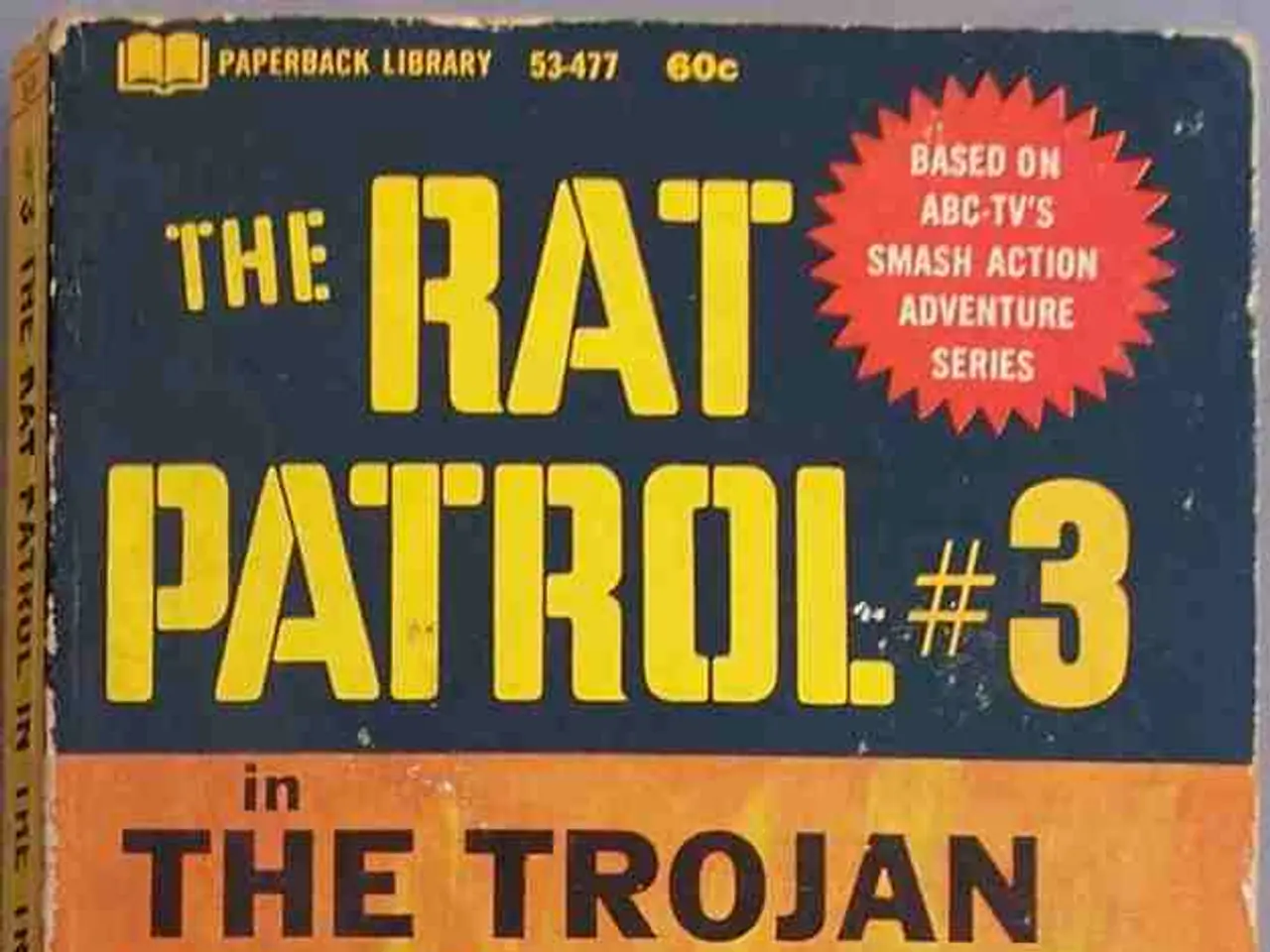"Pakistan's Army Chief Clarifies Nation's Viewpoint During Operation Sindoor"
In May 2025, India launched Operation Sindoor, a swift and targeted military response against terror infrastructure in Pakistan following the Pahalgam terrorist attack. The operation, compared by Indian Army Chief General Upendra Dwivedi to a game of chess, was more than just a physical battle—it was also a battle of perceptions.
The narrative management system used during Operation Sindoor was a strategic communication approach designed to influence multiple audiences—domestic populations, adversary citizens, and international observers. This system underscores the principle that "victory is in the mind," meaning the perception of success can be as impactful as the battlefield outcome itself.
The strategic messaging used by the Indian forces was simple but effective. "Justice has been done" was the message that travelled worldwide, according to the COAS. The message was led by press conferences held by two women officers of the Indian Army and Indian Air Force. A logo used in the strategic messaging was created by a Lieutenant Colonel and an NCO.
India's narrative management strategy involved countering Pakistan's narrative, which attempted to convince its population and others that it had won the conflict. Pakistan's internal narrative management aimed to boost morale despite battlefield realities, as exemplified by celebrating the promotion of its army chief to Field Marshal as a symbol of victory. India’s response was to robustly push its own narrative of success, thereby negating Pakistan's claims.
The operation also marked a departure from conventional tactics to a hybrid approach that leveraged technological means for communication, countering misinformation, and asserting India’s position firmly in the global and regional discourse. The forces executed a befitting response, targeting nine terror targets deep inside Pakistan and Pakistan-Occupied Kashmir.
The operation was not a conventional one, but a "grey zone" operation, short of a conventional operation. In this context, the Indian forces countered Pakistan's strategy using social media and other platforms to convey their message to the masses. The strategic messaging and narrative management were planned and executed alongside the military operation, providing a cohesive narrative reflecting India’s strategic advantage.
The operation was executed with a clear political direction and political clarity, boosting the morale of the army commanders. The Air Force Chief echoed the importance of "political will" in Operation Sindoor. Army Chief General Upendra Dwivedi underlined the importance of the narrative management system in the aftermath of Operation Sindoor, highlighting it as a doctrinal shift.
Operation Sindoor was a significant military response to terror activities in the region, marking a departure from conventional tactics to a hybrid approach that leveraged technological means for communication, countering misinformation, and asserting India’s position firmly in the global and regional discourse. It combined proactive strategic messaging, manipulation of public perception, and real-time information operations in the "grey zone" of conflict where psychological and cognitive domains are battlegrounds alongside physical ones.
Defense Minister Rajnath Singh gave a free hand to the armed forces to decide their next move after the Pahalgam massacre. Three of the terrorists involved in the Pahalgam massacre were hunted down by the forces during Operation Mahadev. Early May 7 morning, aerial attacks eliminated over 100 terrorists at these terror camps.
In summary, Operation Sindoor was more than just a military operation. It was a sophisticated information strategy tightly integrated with military action, focusing on controlling perceptions to reinforce India’s strategic objectives and diminish the adversary’s propaganda impact. It combined proactive strategic messaging, manipulation of public perception, and real-time information operations in the "grey zone" of conflict where psychological and cognitive domains are battlegrounds alongside physical ones.
- Beyond the physical battles, Operation Sindoor delved into the realm of general-news and politics, as the Indian forces pursued a strategic communication approach to influence various audiences, including international observers and domestic populations.
- Understanding the significance of sports-betting in capturing public attention, the Indian Army's press conferences, led by officers from the Indian Army and Air Force, prepared a simple yet impactful message, "Justice has been done," aiming to create a compelling narrative in the global arena.







